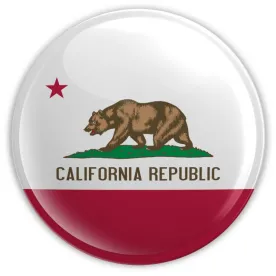On April 6, 2020, the California State Judicial Council adopted Emergency Rule 9 in response to the COVID-19 pandemic.[1] As originally approved, the rule tolled the statute of limitations for all civil causes of action from April 6, 2020 until 90 days after the Governor lifts the current State of Emergency Declaration related to the COVID-19 pandemic.
After intense lobbying efforts from the development community, Emergency Rule 9 has been amended to:
-
Toll the statute of limitations period from April 6, 2020 until October 1, 2020 for civil causes of action that exceed 180 days.
-
Toll the statute of limitations period from April 6, 2020 until August 3, 2020 for civil causes of action that are 180 days or less.
This amendment was, at least in part, a response to comments that the 90-day extension after expiration of the State of Emergency was inconsistent with the short limitation periods in CEQA and other land use statutes where actions must be brought expeditiously. The amended rule also eliminates ambiguity regarding when the Governor’s declaration is deemed “lifted” given that the existing shelter-in-place executive order is being lifted in stages.
The amended rule will directly affect real estate development and transactions. For example, if the period to initiate litigation challenging a CEQA document would have expired on or after April 6, 2020, the period will now be tolled until August 3, 2020. For any CEQA notice of determination or notice of exemption filed on or after April 6, 2020. the statute of limitations will expire on September 2, 2020, or September 8, 2020, respectively. Because purchase transactions and financing for developments projects typically are conditioned on expiration of challenge periods for entitlements, providing certainty for when the statute of limitations ends is a key component of California’s economic recovery.
As you are aware, things are changing quickly and there is no clear-cut authority or bright line rules. This is not an unequivocal statement of the law, but instead represents our best interpretation of where things currently stand. This article does not address the potential impacts of the numerous other local, state and federal orders that have been issued in response to the COVID-19 pandemic, including, without limitation, potential liability should an employee become ill, requirements regarding family leave, sick pay and other issues.
FOOTNOTES
[1] Please see here the for previously published article on the originally approved Emergency Rule 9.



 />i
/>i
